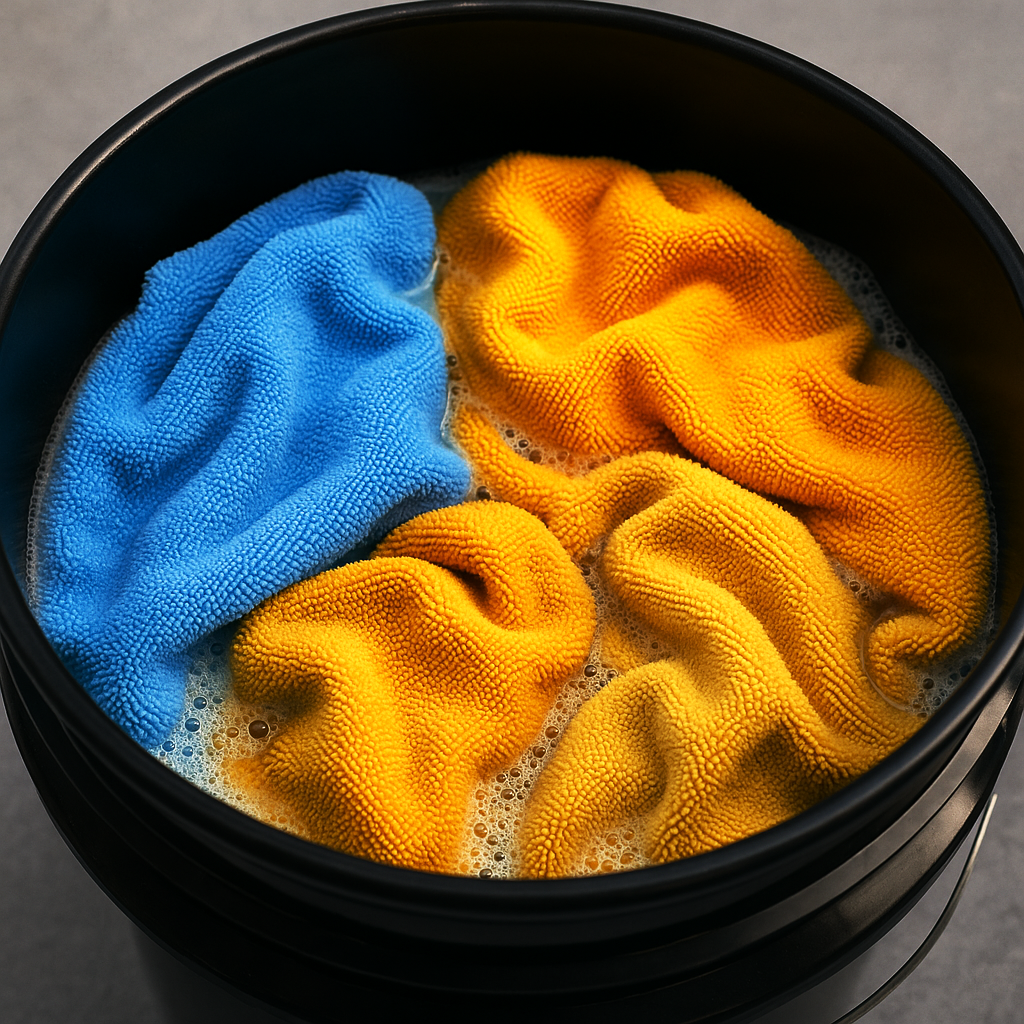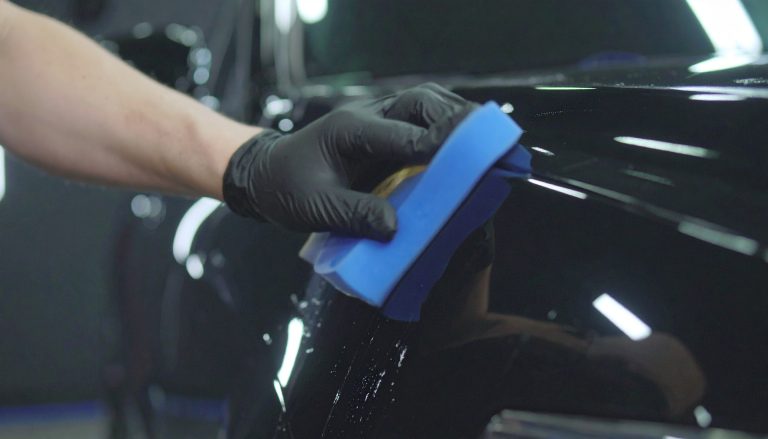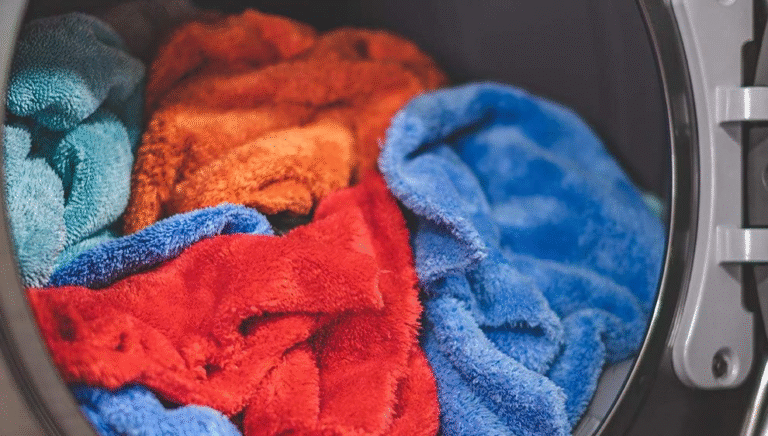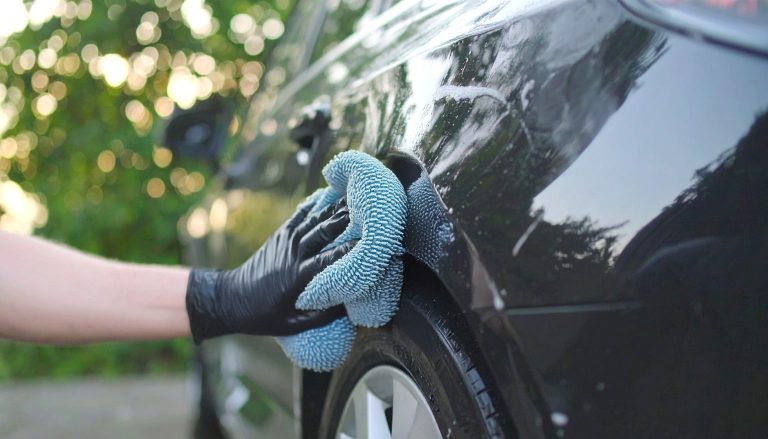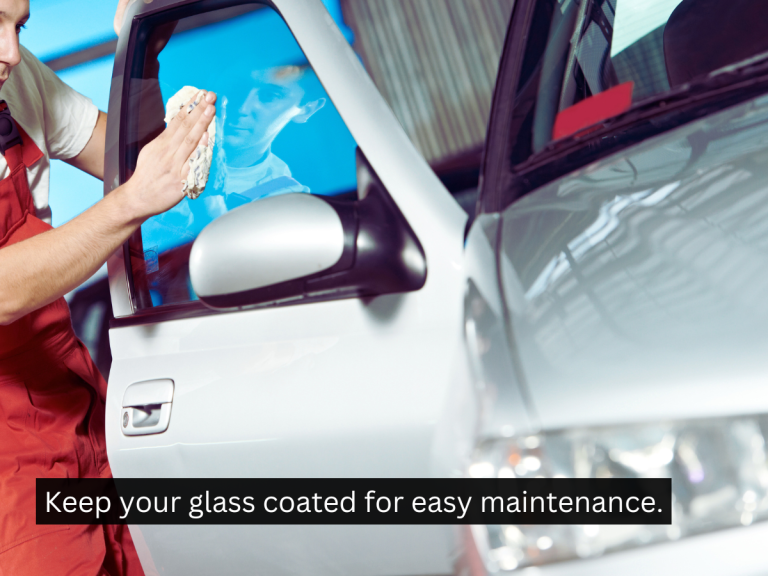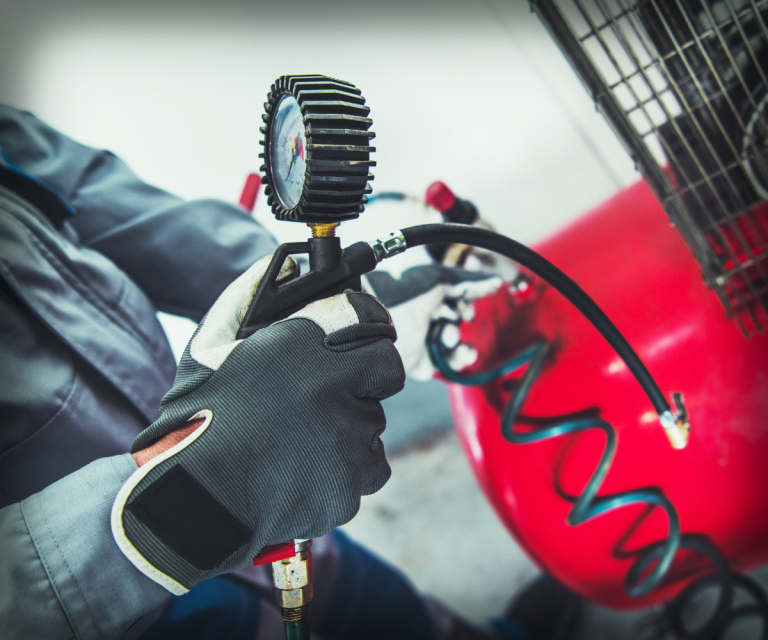Rinseless Car Wash Guide
What Is a Rinseless Wash?
A rinseless wash is a car cleaning method that allows you to wash your vehicle without using running water from a hose. Instead, you use a specialized formula mixed in a bucket of water, soak your microfiber towel in the solution, and clean the car panel by panel. It’s designed to encapsulate dirt, lubricate the surface, and let you safely wipe away grime without scratching the paint.
The Science Behind the Technology
The secret to rinseless washes lies in the chemistry:
- Surfactants and Polymers: These reduce surface tension, allowing the solution to break the bond between dirt and paint.
- Encapsulation Technology: The wash formula surrounds dirt particles with a slick polymer layer, suspending them in solution so they can be wiped away safely.
- Lubrication: The polymers leave behind a thin, slick film that reduces friction and helps prevent micro-scratches or marring.
- Protection: Some rinseless washes add gloss enhancers or waxes, giving the paint a hydrophobic finish.
This chemistry is why rinseless washes can be done safely without blasting the surface with water.

Benefits of Rinseless Washing
- Water-Saving: Uses less than 3 gallons compared to 20–40 gallons in a traditional wash.
- Apartment-Friendly: Ideal for detailers or enthusiasts without access to outdoor water.
- Fast and Efficient: Cuts wash time in half, perfect for mobile detailers or winter cleaning.
- Eco-Friendly: Less water runoff and fewer chemicals entering storm drains.

USES LESS WATER!
Recommended Products
Here are trusted rinseless wash solutions detailers swear by:
Recommended Products:
P&S Absolute Rinseless Wah
- 741+ Reviews / 4.5 Stars
- Unique polymer formula
- Includes water softening technology to reduce spots
Optimum No Rinse (ONR)
- 9k Reviews / 4.5 Stars
- Version 5 formula provides increased lubricity, gloss, shine, and longer protection.
- Very economical – just 1 oz per 2 gallons of water.
4. Chemical Guys - Microfiber Drying Towel
- 15k+ Reviews / 4.5 Stars
- Large size for maximum drying area
- Short and high pile fibers for high absorption
How to Perform a Rinseless Wash
- Mix Solution: Fill a bucket with 2–3 gallons of water. Add rinseless wash concentrate per the label directions.
- Soak Microfiber Towels: Place several clean microfiber towels into the solution.
- Work Panel by Panel: Remove one towel, fold it into quarters, and wipe gently in straight lines.
- Flip Often: When one side of the towel is dirty, flip to a clean side.
- Dry Immediately: Use a separate dry towel to dry the panel before moving on.
- Repeat: Continue panel by panel until the vehicle is clean.

Pro Tips for the Best Results
- Pre-Spray for Heavily Soiled Areas: Use a pump sprayer with diluted rinseless solution to pre-soak dirty panels.
- Multiple Towels Method: Instead of dunking one towel repeatedly, use multiple towels from the bucket to reduce the chance of reintroducing dirt.
- Use High GSM Towels: Plush microfiber towels (350–600 GSM) are safer on paint and trap dirt better.
- Add a Drying Aid: A quick detail spray or spray wax during the drying step adds gloss and protection.
- Do Wheels Last: Use separate towels for wheels to avoid cross-contamination with brake dust.
- Test Dilutions: Many rinseless products double as clay lube, quick detailer, or glass cleaner when diluted differently.
When Not to Use a Rinseless Wash
While rinseless is safe and efficient, it’s not ideal if the vehicle is caked in heavy mud or salt. In those cases, do a pressure rinse first or go with a traditional wash to avoid grinding grit into the paint.
Bottom Line
For apartment dwellers, mobile detailers, or anyone who values efficiency, rinseless washing is an absolute game-changer. Just remember the right technique and quality microfiber towels are key to keeping your finish swirl-free. With trusted products like P&S Absolute and Optimum No Rinse, you can enjoy a safe, glossy, and eco-friendly wash every time.

